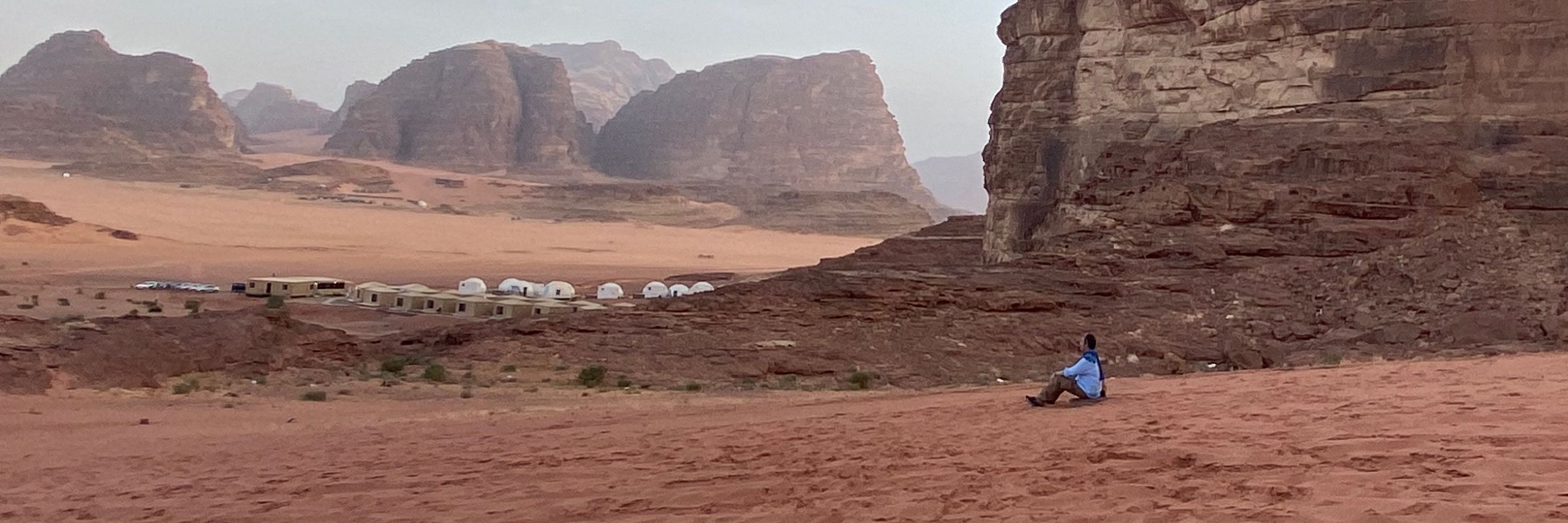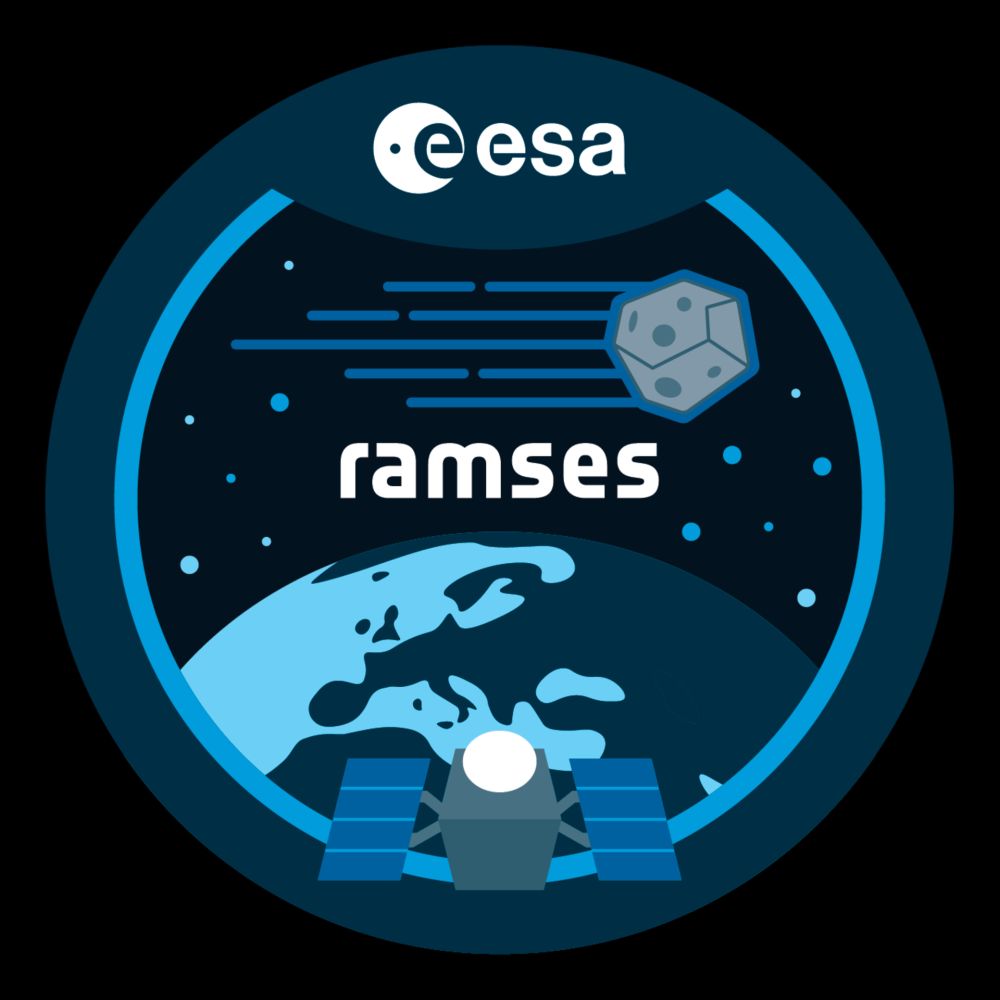
Thank you to everyone involved for the hard work ! Next step: Detailed Design!
Thank you to everyone involved for the hard work ! Next step: Detailed Design!
ollaborative spirit.
ollaborative spirit.
A big win for #spaceengineering, #planetaryscience, and the future of low-cost interplanetary missions.
A big win for #spaceengineering, #planetaryscience, and the future of low-cost interplanetary missions.
Yes, seismic science is going interplanetary — in CubeSat format!
Yes, seismic science is going interplanetary — in CubeSat format!


